
5 dwarf trees to grow on a windy balcony
Small resilient trees that are suitable for pot cultivation.
Contents
Your balcony is very exposed to the wind, but you don’t want to give up on greening it? You’re right! There are many plants capable of withstanding gusts, sea spray, cold or drying winds.
Among them, the miniature versions of certain trees will allow you to beautifully dress your outdoor space. Their reduced wind resistance and natural resilience will enable them to withstand the consequences of a windy exposure (cold, drought, risk of breakage…).
We recommend growing them in heavy and stable containers (large pots, troughs…) to prevent them from toppling over in the wind.
Here is our selection of 5 mini-trees for balconies or terraces, with different characteristics to suit all tastes.
The twisted dwarf hazel, a graceful silhouette
The twisted dwarf hazel Corylus avellana ‘Scooter’ is a small variety that possesses all the advantages of its larger relatives. It is indeed hardy down to -30°C, robust, resistant to winds and pollution, low-maintenance, and simple to grow.
Its compact and beautifully twisted silhouette does not exceed 1 metre in any direction. A true little work of art for the balcony or terrace!
Flowering occurs early at the end of winter, through small pale yellow aments hanging from still naked branches. By late summer, hazelnuts will then appear, although this variety is not among the most productive and will mainly be grown for its aesthetic appeal.
The deciduous foliage with a crisped appearance further accentuates the uniqueness of this variety. It disappears in autumn, after taking on a beautiful and bright golden yellow colour.
This dwarf hazel will tolerate all types of soil, in full sun or partial shade, but is rather thirsty: we therefore recommend ensuring regular watering. It is worth noting that in pots, the substrate dries out more quickly than in open ground.
Would you like to learn more about growing hazels? Read our article “Hazel, Corylus: plant, prune and maintain.”
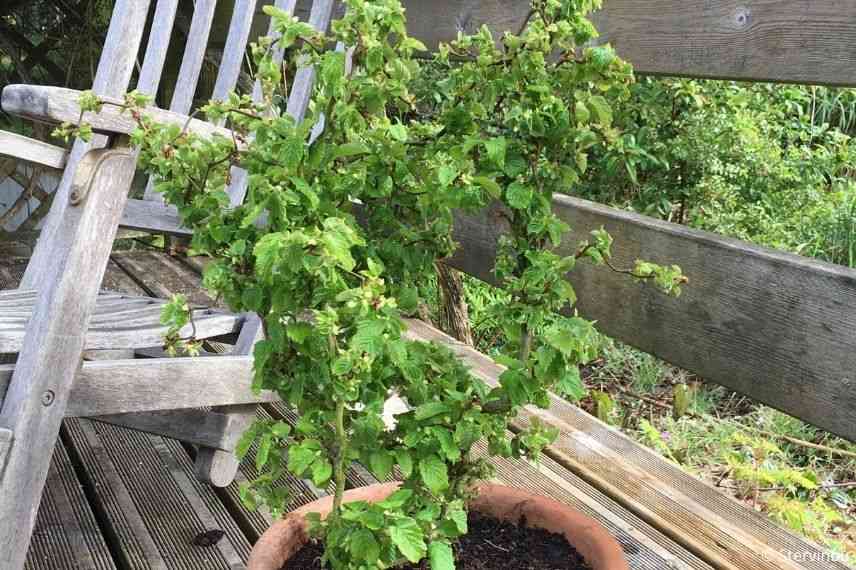
Corylus avellana ‘Scooter’ (copyright Stervinou)
Pinus nigra, a charming and sturdy dwarf conifer.
Pines are known for their natural resistance to extreme conditions of wind, drought, cold, or sun. The Pinus nigra or black pines are no exception and have the advantage of offering a silhouette perfectly suited for pot or container cultivation. Among them, we can mention the varieties ‘Nana’ (1.5 metres in all directions) and ‘Pierrick Brégeon’ (1.5 metres tall with a spread of 1.2 metres).
While their flowering is rather insignificant, it is the evergreen needles of these mini conifers that provide their charm. Their dense ball-shaped silhouette makes them resemble natural topiaries, true little geometric sculptures.
Easy to grow, they require a sunny exposure but will tolerate all types of well-drained soils. Withstanding negative temperatures down to about -30°C, they can be adopted in all regions of France.
For further reading, feel free to consult our file “Pines: planting, pruning, and care.”

Pinus nigra ‘Pierrick Brégeon’ (photo Denolf)
Discover other Shrubs for pots
View all →Available in 1 sizes
Available in 1 sizes
Available in 1 sizes
Available in 0 sizes
Available in 1 sizes
Available in 1 sizes
Available in 2 sizes
Available in 1 sizes
Available in 1 sizes
Dwarf birch, a light foliage with evolving colours
Dwarf birches ‘Betula Nana’ are perfect for container cultivation on a windy balcony or terrace, where their slender branches will sway gracefully.
The typical species offers a creeping silhouette with prostrate branches, about 60 cm in height and double that in spread. It will elegantly dress a large trough or planter. The green deciduous foliage takes on vibrant seasonal colours in autumn. The flowering, very discreet, occurs in spring in the form of yellow-brown aments.
Very hardy, this dwarf birch prefers cool soil in not too dry situations.
The variety ‘Golden Treasure’ stands out for its incredible golden foliage from summer to autumn, particularly ornamental. In spring, its small triangular and crenate leaves are initially apple green before taking on a sunny hue.
This is a well-rounded and compact birch, with dimensions not exceeding approximately 1 metre in all directions. Easy to grow, it will appreciate a sunny or partially shaded position in soil that remains moist. Quite hardy down to -10°C to -15°C, it should, however, be grown sheltered from excessively harsh winters.
For everything you need to know about growing birches, head to our file “Birches: planting, pruning and maintenance.”
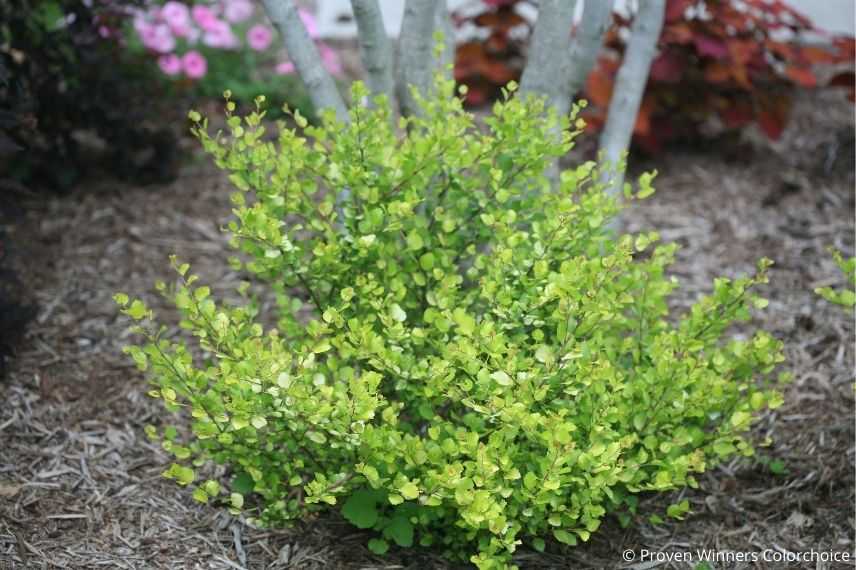
Betula nana ‘Golden Treasure’
Dwarf Ginkgo biloba: a curiosity in a compact form
Ginkgos are elegant trees botanically close to conifers. They are valued for their longevity and resistance to diseases as well as extreme conditions: wind, pollution, drought, and severe frosts.
In pots, it is the dwarf species that can be easily cultivated, such as the Ginkgo biloba ‘Troll’, a mini tree that does not exceed 1 metre in all directions. It offers a globular and compact silhouette, making it almost resemble a large mushroom. This mini tree produces typical fan-shaped leaves, initially green, before turning golden yellow in autumn and falling. The spring flowering is almost non-existent.
On the balcony or terrace, it will bring an original touch and a hint of Japanese style.
In terms of cultivation, our dwarf ginkgo will appreciate a sunny position, in ordinary, well-drained soil that remains fairly moist.
For further reading, discover our plant sheet “Ginkgo biloba, the tree of forty crowns: planting, care, and uses.”
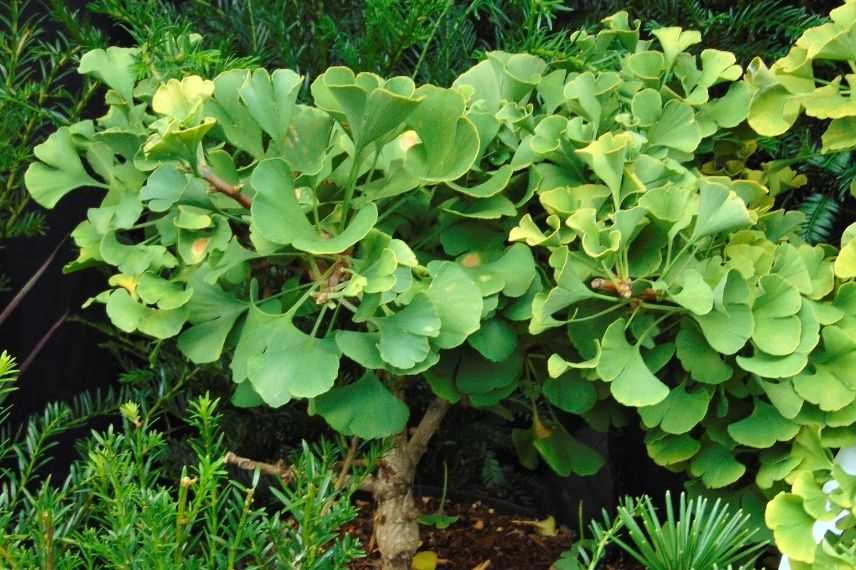
Ginkgo biloba ‘Troll’
Dwarf fig, an ideal fruit tree for the balcony
‘Figality’ is a dwarf fruit tree with a compact habit, reaching only 1.5 metres in height and 1 metre in spread at maturity.
It is a self-fertile variety that does not require another pollinator. After flowering in summer, this mini fig tree produces an abundance of delicious fruits, with dark blue skin and red flesh.
Its deciduous foliage consists of lobed leaves, giving this dwarf tree a touch of exotic charm.
Fig trees naturally have soft wood, allowing them to withstand strong winds.
However, being hardy only down to about -15°C, we recommend protecting it from winter winds in the colder regions.
On a balcony or terrace, provide it with a warm, sunny position to allow it to thrive.
For more growing tips, check out our guide: “Fig tree, Ficus carica: planting, pruning and maintenance”
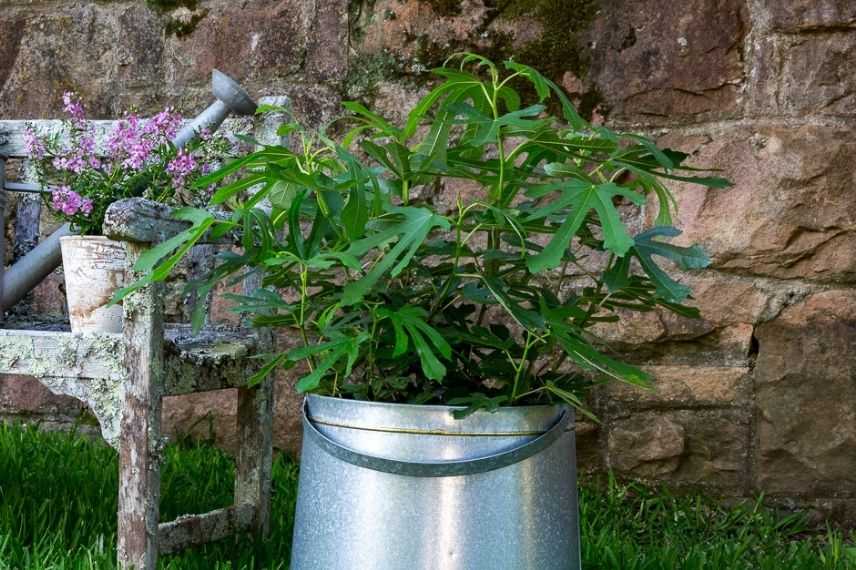
Ficus carica ‘Figality’
- Subscribe!
- Contents
































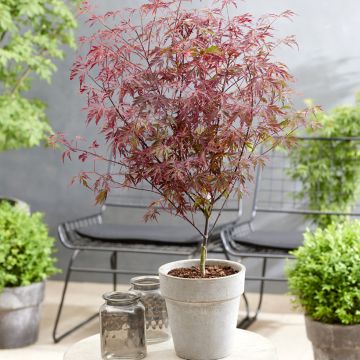
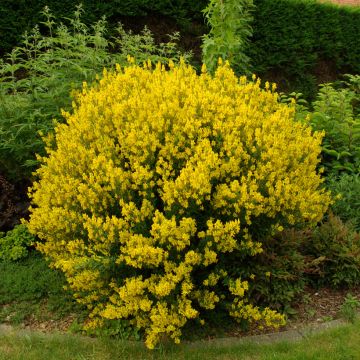

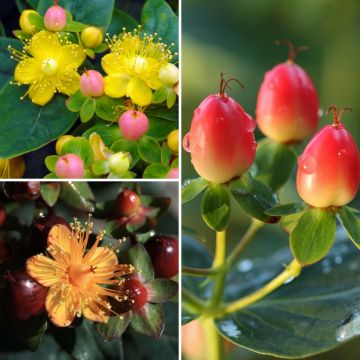


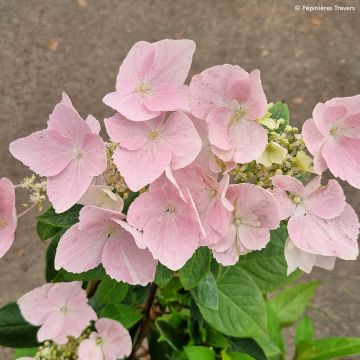
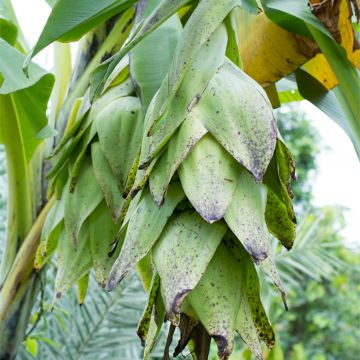


Comments